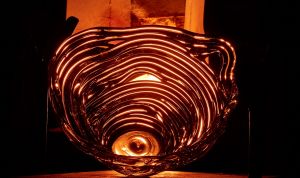Související články
Proslulý masopustní festival Busójárás v Moháči bude od 24. února do 1. března
18. 02. 2022
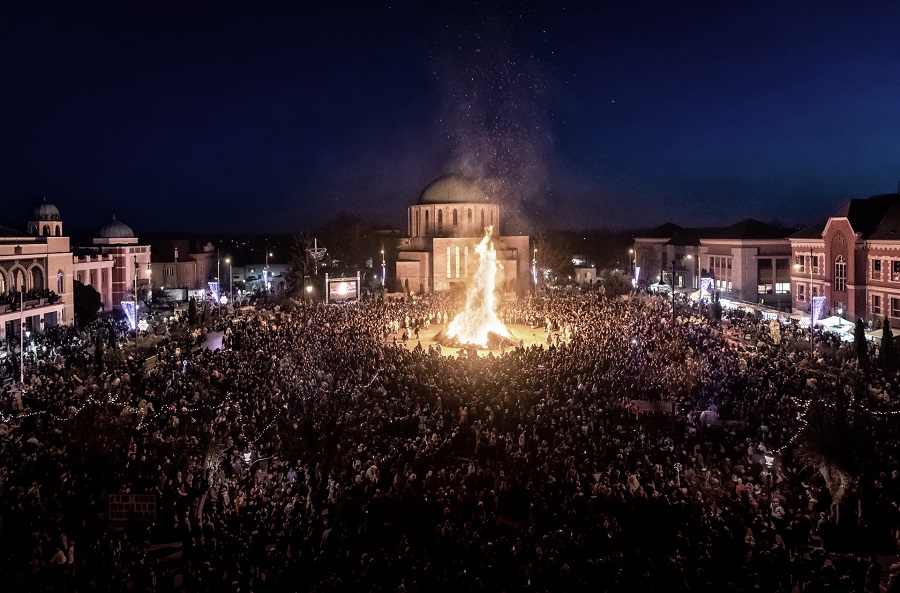
Obdobně jako na řadě dalších míst světa má i Maďarsko velkou národopisnou tradici masopustních obchůzek pohřbívání zimy a vítání jara. Festival Busójárás v Moháči, zapsaný na Listinu světového přírodního a kulturního dědictví UNESCO, je jedním ze nejproslulejších. Letos se za příslušných epidemiologických opatření bude konat od 24. února do 1. března.
Více v češtině ZDE.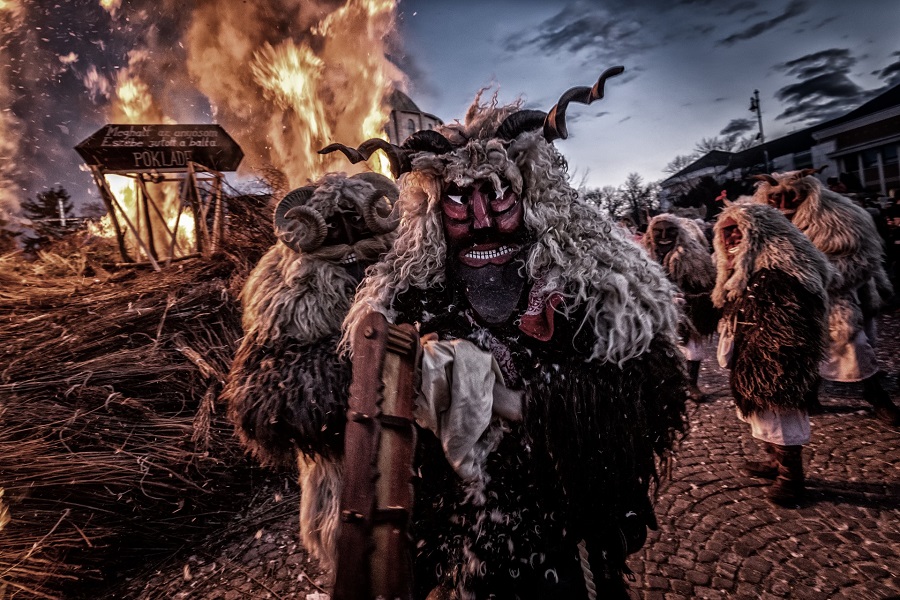 In 2022, the festival will take place between 24 February – 1 March of course with appropriate epidemiological measures, although, being an outdoor event, there is no Covid-certificate required upon entry.
In 2022, the festival will take place between 24 February – 1 March of course with appropriate epidemiological measures, although, being an outdoor event, there is no Covid-certificate required upon entry.
Originally, the groups of Busós would loudly go from house to house and receive gifts of food and drink from the residents in exchange for their wishes of good fortune and their rituals for chasing away winter. Today, their procession has grown into a town-wide event. These days, events are centred on Széchenyi Square in Mohács, with a lot of audiovisual effects: cannons are fired, bonfires are lit, many different things are used to make loud noises. The groups of Busós are accompanied by folk musicians on all six days of the festival.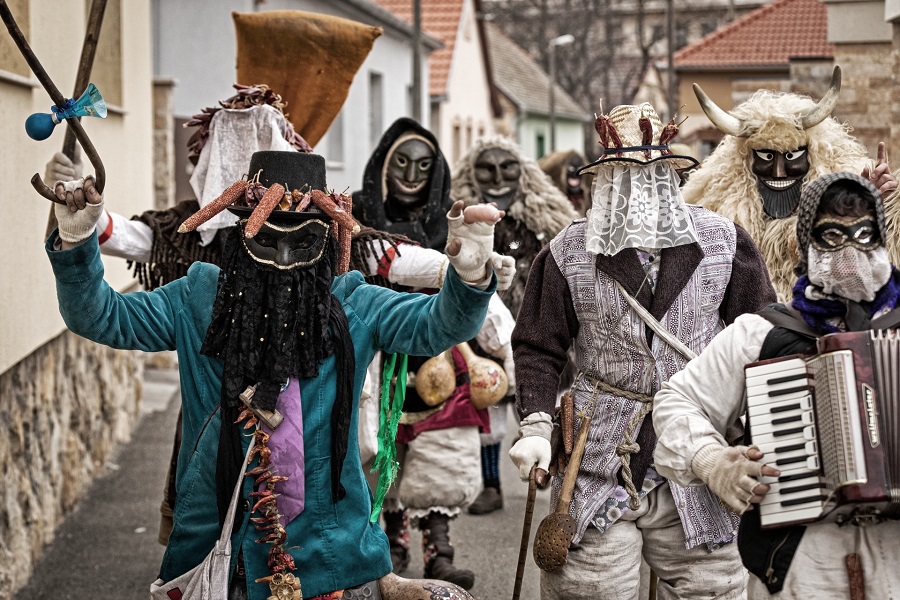 The Busós cross the Danube on Shrove Sunday to begin the procession. This is when winter’s coffin is launched on the river, and this is the night when the largest bonfire is lit. While tourists mostly come for the weekend events, the residents of Mohács continue their celebrations on Tuesday, burning a (second) winter’s coffin on a bonfire in the main square to usher in spring.
The Busós cross the Danube on Shrove Sunday to begin the procession. This is when winter’s coffin is launched on the river, and this is the night when the largest bonfire is lit. While tourists mostly come for the weekend events, the residents of Mohács continue their celebrations on Tuesday, burning a (second) winter’s coffin on a bonfire in the main square to usher in spring.
The masks that have become known as the symbol of the holiday are made by professional mask carvers, traditional craftsmen who are well known to each other, and whose personal style is easily recognisable in their work. Some believe that a true Busó must carve his own mask. The Busójárás of Miskolc was entered into the UNESCO World Heritage List in
2009.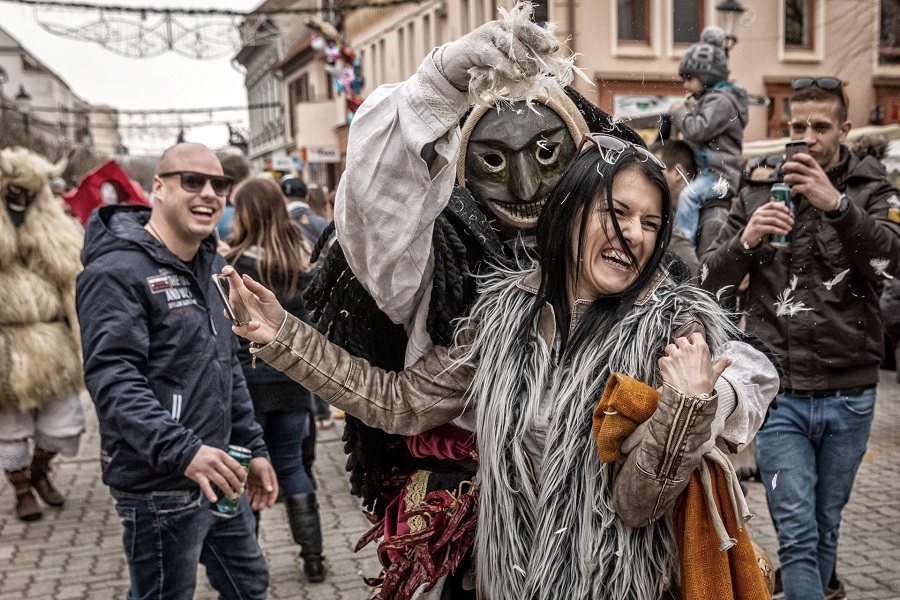 The tradition of Busójárás:
The tradition of Busójárás:
Busójárás is a tradition of the native South-Slavic Šokci population of Mohács. It is an internationally recognised and frequented folk tradition for chasing away winter. The origins of the tradition can be found in chasing out the Turkish forces. Supposedly, the people living here would conceal themselves in the nearby swamps, donning masks and making loud noises to frighten away the superstitious Turkish soldiers. In reality, however, the Šokci people probably brought this tradition with them when arrived from the Balkans to settle here, and it merely developed into its present form here.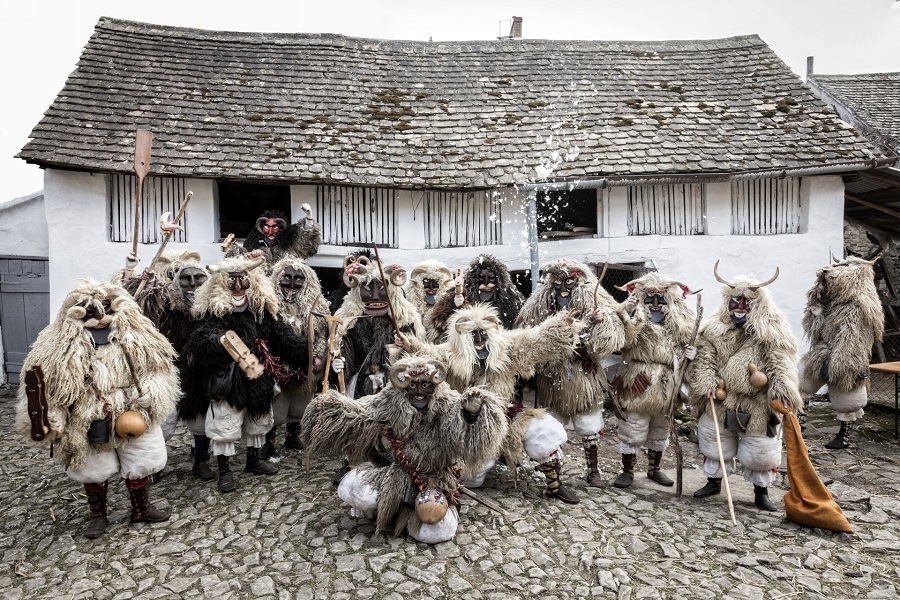 According to Šokci traditions, the essence of Busójárás is “poklade”, meaning transformation. They take this very seriously, experiencing this holiday in a different state of consciousness behind their masks, more in tune with their instincts and free of the boundaries of time and space. At these times, many things are allowed that would not be acceptable in everyday life. True Busó tradition demands that one’s face and identity must remain hidden during the holiday, and some people even regularly switch masks in order to keep their identity a secret.
According to Šokci traditions, the essence of Busójárás is “poklade”, meaning transformation. They take this very seriously, experiencing this holiday in a different state of consciousness behind their masks, more in tune with their instincts and free of the boundaries of time and space. At these times, many things are allowed that would not be acceptable in everyday life. True Busó tradition demands that one’s face and identity must remain hidden during the holiday, and some people even regularly switch masks in order to keep their identity a secret.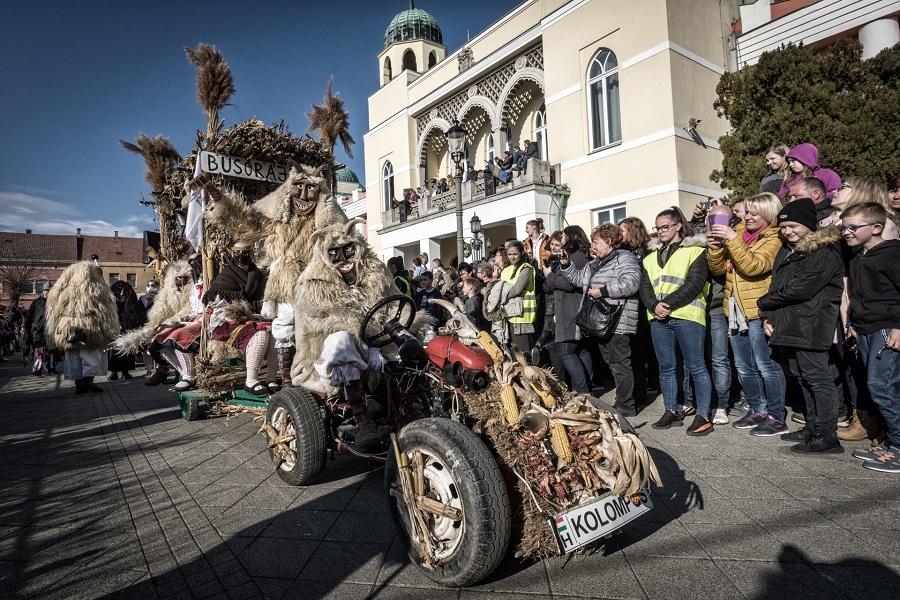
The Busó is the main character in this holiday: he is a monstrous being wearing a wooden mask, a fur coat turned inside-out, trousers stuffed with straw, and sometimes embroidered stockings or bocskors (traditional laced sandals). The fur coat is fastened with a chain or rope, or occasionally a belt. The Busó also always has a cowbell, a clapper or a wooden mace. Sometimes, other accessories are used as well: a wooden pitchfork, a washing paddle, a water carrying pole, bull pizzle, a puppet in a wooden tub, or gourds fastened to their belt. They often travel around town on carts or decorated small tractors. It has become part of the tradition for groups of Busós to compete against each other, seeing who can come up with the funniest and most striking new ideas for the appearance of the Busó, while still respecting the established traditions.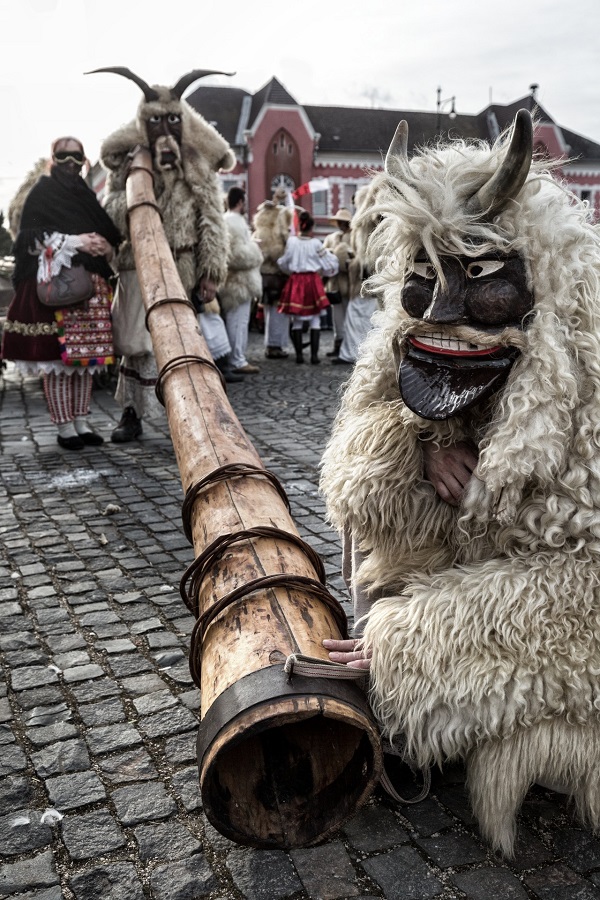 The Szépbusók (“Pretty Busós”) are girls – or occasionally men – dressed in traditional Šokci garb, with a veil covering their face. They have an important practical task: it is their job to guide and coordinate the Busós, who often cannot see very well out of their mask. They act as the masked Busós’ eyes, guiding them arm in arm, or sometimes just walking next to them.
The Szépbusók (“Pretty Busós”) are girls – or occasionally men – dressed in traditional Šokci garb, with a veil covering their face. They have an important practical task: it is their job to guide and coordinate the Busós, who often cannot see very well out of their mask. They act as the masked Busós’ eyes, guiding them arm in arm, or sometimes just walking next to them.
The Busós are accompanied by the Jankeles, dressed in rags, with ragged sacks on their head. Their job is to keep away the people on the road, especially children making fun of the Busós, using flour, ash, or sacks of sawdust – today mostly just with the latter, playfully slapping anyone they can reach.
Přípravila Eszter Uzoni, foto Juhász Balázs.


Nepřehlédněte












